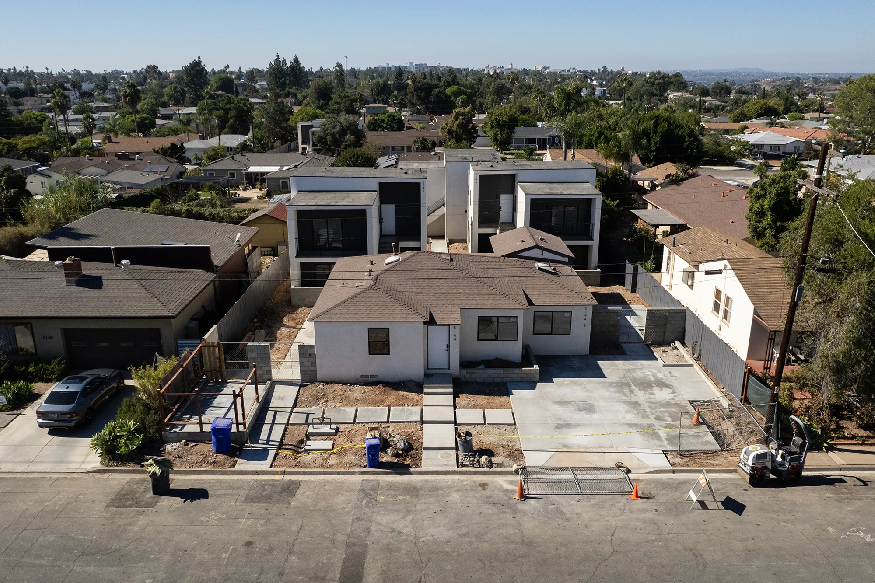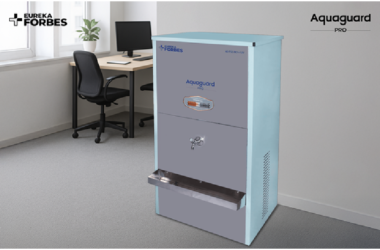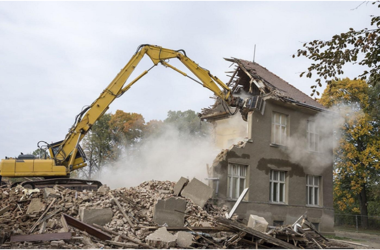The conversation around housing in California has evolved rapidly, especially with rising costs and a growing population placing pressure on available real estate. One solution that has gained momentum is the California ADU, or Accessory Dwelling Unit. These structures have redefined how homeowners think about space, income potential, and urban development. From modest backyard cottages to detached garage conversions, ADUs are becoming a common feature in many neighborhoods across the state. Their appeal stems from a blend of practical necessity and the flexibility they offer in a constantly shifting housing landscape.
What makes a California ADU distinct is its legal recognition and support under state laws. In response to housing shortages, the government has made a significant effort to simplify the process of adding ADUs to residential properties. These adjustments are not merely about square footage or structure—they reflect deeper changes in how Californians interact with real estate. Instead of relying solely on large-scale housing developments, the state is empowering individual homeowners to be part of the solution.
From multi-generational living to passive rental income, the uses for an ADU vary widely depending on the homeowner’s needs. The recent legislation has streamlined zoning restrictions and permit procedures, encouraging more people to explore ADU development. As this trend continues to gain traction, it becomes clear that the California ADU is not just a trend but a structural shift in housing culture.
The Legal and Economic Foundation of California ADU Growth
California’s legislative support for ADUs has played a major role in their rising popularity. In years past, zoning laws often restricted homeowners from adding secondary units to their property. These restrictions included parking requirements, lot size minimums, and owner-occupancy rules that made ADU development financially or logistically difficult. However, recent updates to state law have reversed many of these constraints. Assembly Bills and Senate Bills passed in the last five years have laid the groundwork for homeowners to build ADUs with fewer regulatory hurdles.
Economically, this shift holds promise for property owners and the broader housing market. The California ADU offers an affordable solution for individuals or families who may be priced out of traditional rentals. At the same time, homeowners benefit from the additional income generated by renting out their units. This dual impact supports both housing availability and personal financial stability, something that resonates in regions where rent continues to climb.
Cities across California, from Los Angeles to Sacramento, are now offering expedited ADU permit processing, pre-approved plans, and local incentives. These efforts aim to encourage more widespread adoption of the ADU model. As more people learn about the possibilities and benefits of developing an ADU, demand for builders, architects, and consultants in this niche continues to increase. The ripple effect touches construction, design, urban planning, and financial services—all feeding into a growing industry centered around accessory housing.
Local governments are also beginning to recognize the broader impact of California ADUs. Beyond providing shelter, these units create new living options that are less disruptive to neighborhoods than larger apartment developments. Since ADUs are typically modest in size and built on existing lots, they preserve the residential character of communities while adding much-needed density. This approach allows cities to meet housing demands without sacrificing the look and feel of established neighborhoods.
Architectural Flexibility and Design Potential
One of the strongest advantages of a California ADU is the wide range of design options available to homeowners. Whether you have a spacious backyard or a detached garage, there’s potential to convert that space into a fully functional, livable unit. ADUs can be attached to the primary residence, built above existing structures, or constructed as standalone cottages. This flexibility enables homeowners to tailor the design to their lot and personal needs.
Design innovations in the ADU space have also led to more efficient use of materials, creative layouts, and sustainability practices. Architects often work with limited space, which challenges them to make every square foot matter. Smart storage solutions, open floor plans, and energy-efficient fixtures are now common in ADU designs. These units are often equipped with full kitchens, bathrooms, and private entrances, making them appealing not only for tenants but also for extended family members or caretakers.
Many California ADU projects embrace modern aesthetics, combining contemporary finishes with eco-conscious building materials. Solar panels, reclaimed wood, and energy-efficient HVAC systems are now standard in many builds. These features not only reduce environmental impact but also contribute to long-term cost savings for both the owner and occupant.
The architectural versatility of ADUs makes them adaptable to changing household dynamics. A space originally built as a rental unit can later serve as a home office, guest house, or independent residence for aging parents. This adaptability adds value to the property in ways that go beyond its immediate market worth. As living needs evolve, so can the purpose of the ADU—without the need for major reconstruction or relocation.
Navigating the Construction Process in California
Building a California ADU involves more than just design and vision; it requires a clear understanding of local regulations, construction timelines, and budgeting. Homeowners typically begin by assessing their property’s eligibility, which includes setbacks, utility connections, and existing structures. Thanks to the state’s pro-ADU legislation, many of these requirements have been simplified, but it’s still crucial to work with professionals familiar with the process.
Most homeowners engage with architects or design-build firms that specialize in ADUs. These experts offer guidance on maximizing the use of space and ensuring compliance with state and local building codes. Because California encourages the development of ADUs, cities have begun offering standard plans to speed up the approval process. These pre-approved layouts reduce the time spent in the permitting stage and provide a cost-effective solution for those looking to avoid custom designs.
Construction timelines vary depending on the complexity of the project. While prefab ADUs can be installed within a few weeks, fully custom builds may take several months. Contractors must account for grading, utility hookups, foundation work, and inspections. Budgeting accurately for these steps is essential. Fortunately, several banks and credit unions in California now offer ADU-specific financing options, including renovation loans and home equity lines of credit.
Beyond the technical aspects, communication is key throughout the process. Keeping open lines of dialogue with contractors, city officials, and lenders helps ensure that the project stays on schedule and within budget. Each California ADU project brings its own challenges, but with the right team and preparation, the experience can be smooth and rewarding.
The Long-Term Impact of ADUs on California Housing
As more California ADUs are built and occupied, the long-term effects on the housing market are becoming evident. These units contribute to neighborhood diversity, increase home values, and reduce the strain on public infrastructure. Their presence introduces flexible housing options without requiring large-scale rezoning or displacement of current residents.
ADUs also support sustainability by encouraging infill development. Instead of expanding into undeveloped areas, these structures make better use of land that’s already connected to city services. This approach reduces environmental disruption while maximizing housing capacity in areas where demand continues to grow.
For many homeowners, a California ADU represents more than an investment—it’s a lifestyle upgrade. Whether used for additional income, family living, or personal projects, these units reflect a growing shift toward smarter, more adaptable housing. They demonstrate that solutions to big problems sometimes begin in the backyard.






